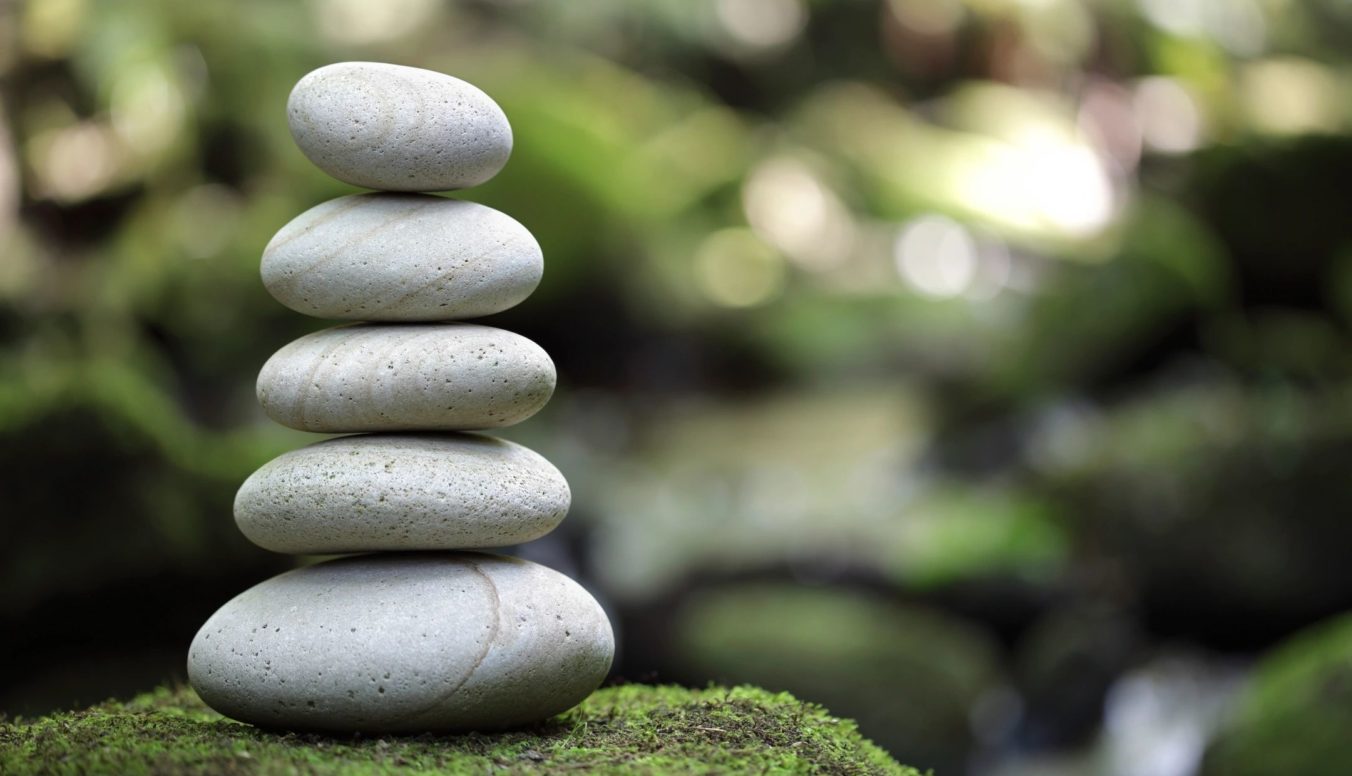There’s an old story about a Zen master who goes to a town. All the villagers run out to meet him because they want to become enlightened. The Zen master says, “If you can focus your complete and undivided attention for 24 hours, you will find enlightenment.” You can probably guess how many people were enlightened by the end of the day.
Webster’s New World dictionary defines attention as “a mental concentration or readiness,” but this does little to convey the power of attention as it relates to our daily lives. We talk about paying attention. We need attention. Someone popular is at the center of attention; someone needy is always trying to get your attention. Attention, as intangible as it may seem, is the currency of countless transactions we engage in every day.
Why is attention so powerful? Because what we put our attention on is where we direct our energy in all its forms—including our time, creativity, and money. More simply put, where attention goes, energy flows. And yet there are so many things vying for our attention that most of us have lost the ability to control where it goes, and so it’s no wonder we often feel so scattered and fragmented throughout the day.
Sometimes I ask people in the seminars I offer to give me an image that describes their mind. “A six-lane highway, or an endless to-do list” are common types of responses. Other images people come up with include an orchestra without a conductor, a jigsaw puzzle with only some pieces joined together, and a traffic jam at a busy intersection. Almost without exception, people come up with images that represent chaos, confusion, fragmentation, complexity and lack of integration.
The good news is that we can regain control over our attention, and not just so that we will feel better at the end of the day. In essence, this is one of the main purposes of meditation.
When I use the term meditation, I don’t just mean sitting cross-legged on a cushion, but rather participating in any deliberate activity that teaches us to disengage from a compulsive relationship to our stream of thoughts. There are numerous books that have been written over the years on meditation, how to disengage from the thinking mind or, more simply put, how to stop listening to the voice inside our head.
Although traditional forms of sitting meditation are probably the most direct and effective ways to practice focusing our attention, there are many other methods, and given that we are all unique, each of us should find what works best for us. For some people, it will be a meditation cushion. For others, it might be a nature walk, kickboxing class, jogging, gardening, reading a book, or perhaps doing a jigsaw puzzle. What we do is not nearly as important as how and why.
Here are two simple exercises you can try if you would like. These exercises are forms of meditation, and are very simple, but if practiced with sincerity over a period of time can have dramatic results:
1. Body Scan. Sit somewhere quiet, close your eyes, and focus all of your awareness on your body. Slowly “scan” your attention from your head down to your feet, and see if you become aware of any areas of tension or discomfort. Usually, I find that there’s some particular area that is storing tension—a knot between my shoulder blades or in the pit of my stomach. As soon as I locate it, I can’t believe I hadn’t noticed it before. Part of my body is crying out for my attention, but I’ve been too distracted to hear. Try this exercise yourself, and notice also how much energy is released when you give your body the attention it wants and learn to release the areas of tension. Just try focusing on the area and imagine yourself breathing into the tension and releasing it.
2. Hold Focus! Here’s a very basic exercise for paying attention. Choose a particular object close to you. It might be a picture on the wall, a candle flame, a coffee mug, or even your own hand. Now put your attention on that object. Don’t just stare at it vacantly, but try to direct all of your awareness toward it. Notice the color, texture, size, and how it makes you feel. Now see how long you can hold that focus before something distracts you.
The benefit of learning how to disengage our attention from our thought stream is that we can then apply our minds more readily towards the things that are most important to us, such as accomplishing tasks, connecting with other people, and/or discovering our true life’s purpose. Meditation helps to create a space within us—an opening that allows more energy to flow into us. In this seemingly paradoxical way, having more space in our mind allows us to be much more available to ourselves and to those around us.
*This article is adapted from Jeff’s book, Beyond Success: Redefining the Meaning of Prosperity



